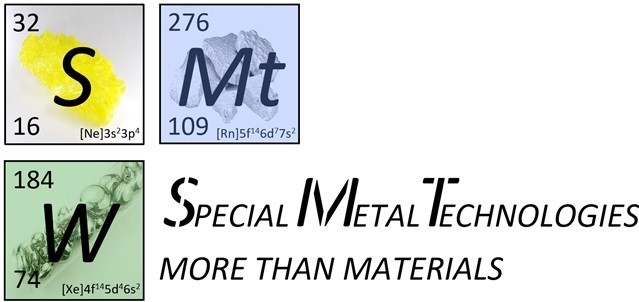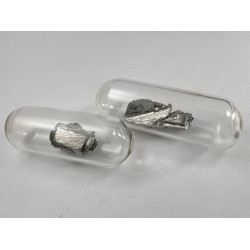Dysprosium
Dysprosium, with the chemical symbol Dy and atomic number 66, was discovered in 1886 by the Austrian chemist Carl Auer von Welsbach. It was isolated from ores of gadolinite and xenotime, and its name is derived from the Greek "dysprositos," meaning "hard to reach," reflecting the challenging extraction process.
Although dysprosium is not abundant on Earth, constituting about 0.0006% of the Earth's crust, it plays a crucial role in various high-tech applications. Particularly, it is essential for strong permanent magnets used in electric vehicles, wind turbines, and many electronic devices. The unique magnetic properties of dysprosium make it a key element in the production of powerful magnets.
The production route of dysprosium is complex. Initially, it is extracted from gadolinite and xenotime, which contain rare earth elements. After extraction, dysprosium is separated from other elements through various chemical processes, including liquid-liquid extraction and ion exchange chromatography.
The future of dysprosium lies not only in the advancement of high-performance magnets but also in research exploring its application in advanced nuclear reactors and energy storage technologies.



